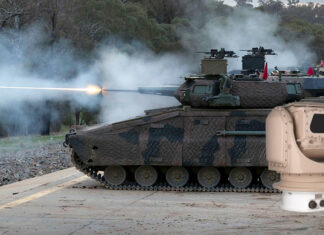Evolving Mobile Network concept known as Multiple -Input/Multiple – Output (MIMO) have the potential to increase communications data rates by 10-20 times above current systems. Such systems will use multi-path reflections to create parallel channels in the same frequency band, thereby increasing spectral efficiency.
MIMO networks are studied under a DARPA program, have the potential to dramatically improve communications in urban and other Non-Line-of-Sight multi-path conditions, where conventional techniques are degraded. MIMO technologies could be employed in future mobile ad hoc networks (MANETs) and is considered to be integrated as a wideband communications adapter in the Joint Tactical Radio System (JTRS) cluster.
A family of new ultra wideband (UWB) devices is also considered for improving communications in extremely harsh environments. Applications could offer highly accurate ranging and passive radar. Among the program’s developments is a Tactical Voice/Data Radio (TVDR) with Multilateral Geolocation Ranging, a Low Bit Rate Sensor Network with highly accurate geolocation. Development of an ad-hoc networking and multiple access protocols to take advantage of the unique properties of UWB and the integration of UWB communications for sensors systems.



















